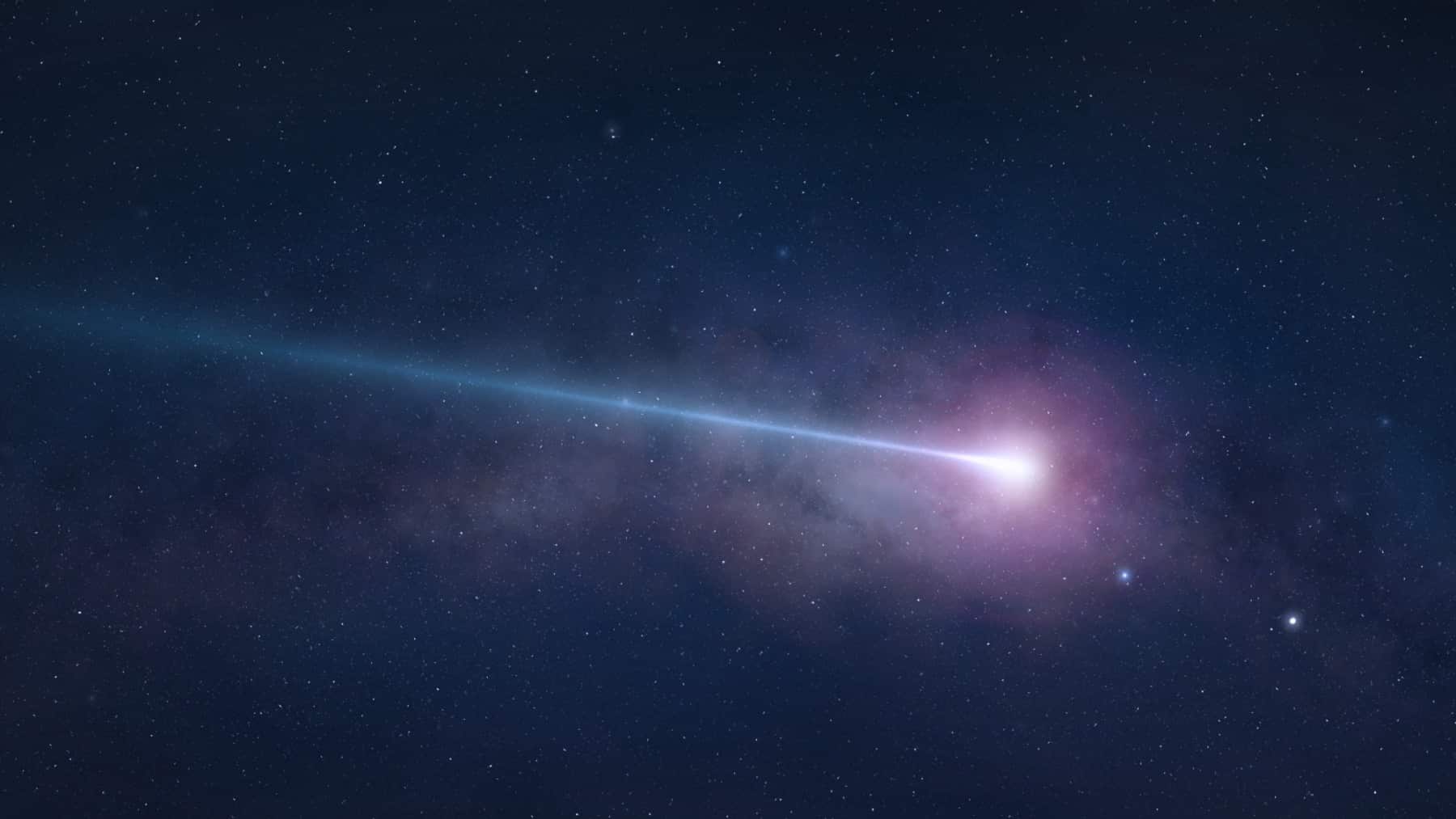Believe it or not, many astronomers would describe the planet Venus as Earth’s “evil twin.” After all, it is the same size, but it is a hellish place of heat and pressure. You can imagine the surprise of astronomers when they confirmed the existence of gigantic underground cavities beneath this planet.
Apparently, these planetary conditions have made it possible for there to be a whole network of underground passages that could put the New York City subway system to shame. This new finding suggests that the planet Venus is home to some of the most extensive underground cavities in the solar system, including those created by humans in megacities such as Tokyo.
Who discovered these tunnels?
The research team led by Barbara De Toffoli from the University of Padova. This team presented its discovery at the Joint EPSC-DPS 2025 Meeting last September. The title of the abstract is “First Evidence of Lava Tubes on Venus.”
Before you start fantasizing about a network of tunnels on Venus, we have a small correction: these tunnels are not hollow but are pits on the surface of large volcanoes, meaning they are filled with lava. These features are like shower drains that indicate the partial collapse of the roof of an underground lava tube. But how is this possible on Venus?
If the planet Venus has a gravity very similar to Earth’s, it should have small lava tubes. However, they are more like the giant lava tubes on the moon, which has low gravity. Astronomers have a hypothesis: the extreme high-pressure and high-temperature environment is what has allowed these lava tubes to grow to such a colossal size.
To give you an idea of how big these pits are, each one could hold routes that exceed the subway lines of any metropolis. The scientific team managed to calculate the geometry of these cavities based on the crusting-over process. Although it may seem trivial to most people who are not geology enthusiasts, this discovery offers clues about the thermal and tectonic evolution of Venus. The presence of these lava tubes is evidence of how the planet cooled and how its crust moved.
How to continue studying the planet Venus
It is not based on models and evidence of collapse, but an X-ray of the subsoil is still needed. Needless to say, it is a little difficult to send spacecraft to a planet with such high temperatures. Compared to Venus, missions to Mars are a piece of cake.
For now, the European Space Agency’s (ESA) EnVision mission is scheduled to launch in late 2031. It will send the Subsurface Radar Sounder (SRS), which is designed to penetrate and map these structures.
More interesting facts about the planet Venus
This planet, named after the Roman goddess of love and beauty, was mistaken by ancient Greek astronomers for two separate celestial bodies. After all, it had a phosphorous color at dawn and a hazy color at dusk. It was given the names “Morning Star” and “Evening Star” before it was identified as a single celestial body.
However, the confusion did not end two millennia ago. The planet Venus also sparked the imagination of many scientists in the last century in the wrong way. Its dense clouds led many to fantasize about a world covered in jungles, swamps, and oceans. The reality could not be further from this fantasy. Thanks to today’s technology, we have discovered that beneath its cloud cover, the planet is a scorched desert more akin to Mordor as described by J.R.R. Tolkien.
Apart from this, Venus has another eccentricity: it rotates in a retrograde direction and is extremely slow. This means that its days (equivalent to 243 Earth days) are literally longer than its years, which last only 225 Earth days. In other words, it rotates faster around the sun than it does on its own axis.
The greenhouse effect on this planet also reaches temperatures that could melt lead. In addition, Venus has an atmospheric pressure 92 times greater than that of Earth… The equivalent of diving almost 1 km below the sea.





